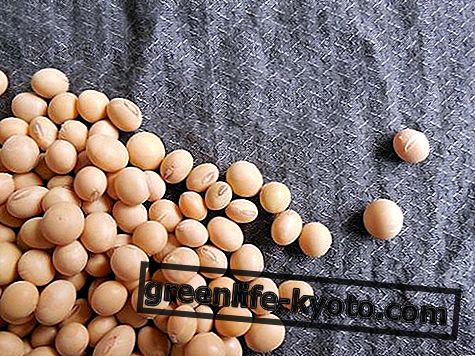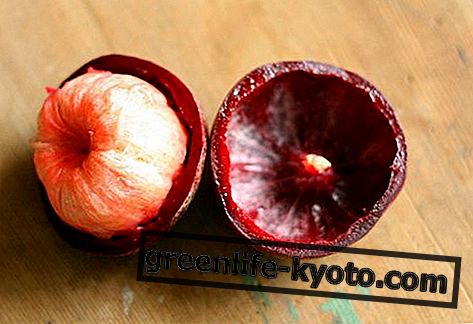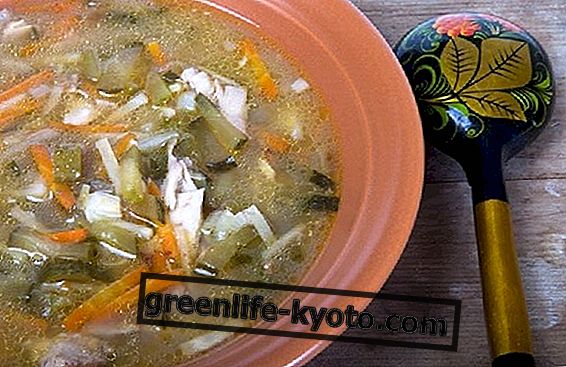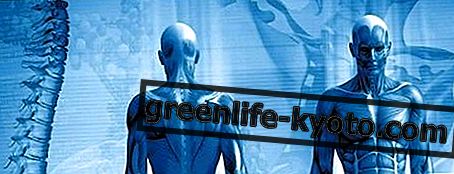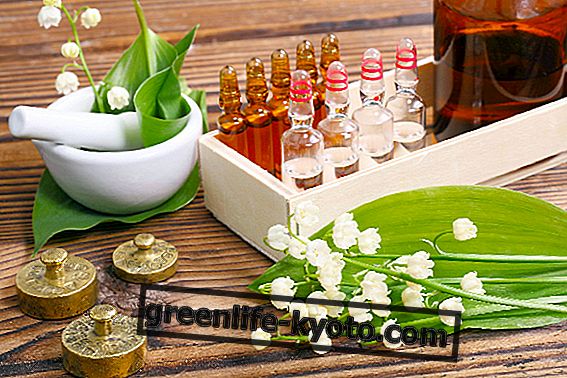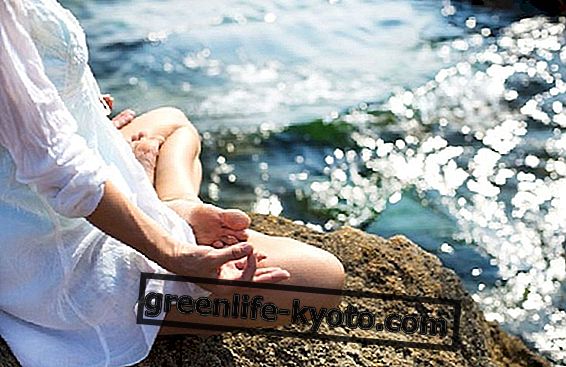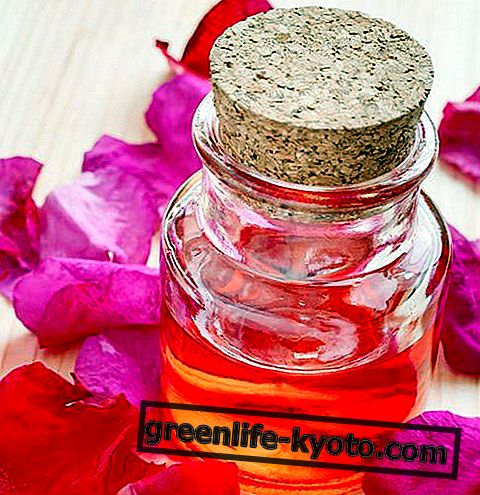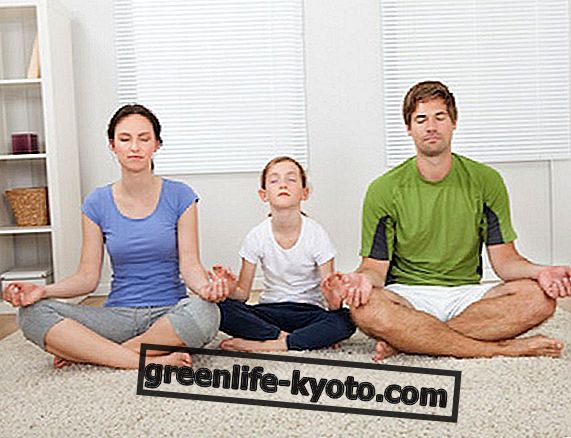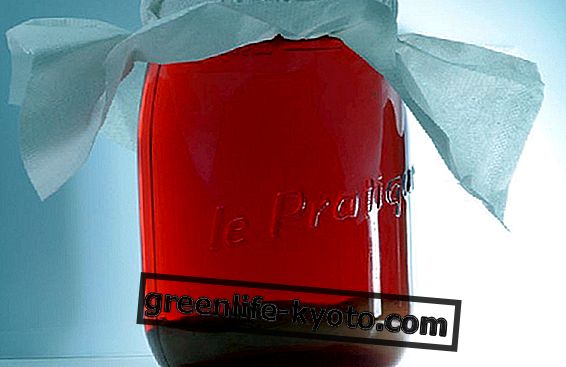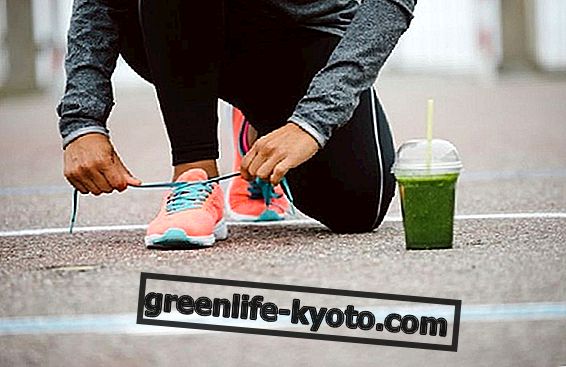
The upper part of the body and the lower part are joined by two joints that bind the pelvis to the legs through the heads of the two femurs, and these joints take the generic name of hip or, in anatomical terms, coxofemoral articulation.
To allow the proper functioning of the hip, the bone cavity called cotile contains a structure of articular cartilage, fibrous; same happens for the head of the femur, spheroid, also covered with cartilage and joined to the cup by a ligament. There are 5 coxofemoral ligaments, all of them with differentiated shape, position and functions.
Generally, hip rehabilitation is necessary after medium-small or serious injuries, or after surgery. Injuries at work, excessive and degenerative workloads, sports injuries, erosion and ligamentous or cartilaginous degeneration due to bad aging, a bad lifestyle or not ideal genetics .
We can say that the routine exercises of hip rehabilitation are among the simplest, within everyone's reach, and feasible both indoors and outdoors, as the few tools that may be needed can be found just about anywhere.
Some hip rehabilitation techniques
In addition to rehabilitating individual ligaments and keeping the cartilage capsule environment healthy (non-acidic and non-decalcified), we must restore strength, mass and tone to the muscles following rest or medical intervention .
Here are a series of exercises that can be done in this sense.
> We will find a surface slightly raised from the ground, for a height that can vary between 10 and 20 centimeters at least at the beginning. A sidewalk can be ideal for this purpose. We will rest on this surface the foot relative to the hip that must work and we will do strength by lifting the other leg from the ground and then returning down after a short pause of suspension. This exercise can be repeated and implemented by increasing the height of the rise according to the strength of our muscles and ligaments.
> To restore mobility to the femoral head in the socket of the cup or acetabulum, we must slowly restore abduction and adduction movements . Here is a simple exercise: we will use a support like a chair or the back of a bench and we will rest your hand on the hip that has to work. After finding support, we will raise the leg from the ground until the knee is bent frontally by 90 degrees. Pause, return to natural rest, repetition.
> We now describe two exercises that we can do while lying down, in a comfortable position, perhaps right at the beginning of our rehabilitation therapy. Lie down and face up with your legs outstretched, we will slide slowly and gently, careful not to force, the heel of the leg to be rehabilitated towards the weather, in a continuous and repeated movement. Another exercise to give tone to the muscles is to put a thickness under the knee, say a pillow for example, and lift the foot off the ground and then bring it back down.
> If we are comfortable working while lying down, here are two more comfortable comfortable exercises . The first is to lift the foot off the ground a few centimeters and open the leg sideways as long as it is possible without causing pain. This is an excellent abductive and additive exercise. Another, feasible starting from the same relaxed position, is to place an object like a pillow or a soft ball between the knees, and tighten gradually increasing. The power of our grip will tell us the level of rehabilitation we have achieved.
> Here is a rotation exercise that we can do standing up, just to give more dynamism. We will do it near a wall, for safety, in case of instability and risk of loss of balance. All very simple: we will cross the legs passing the leg that had to work behind the healthy leg and slowly we will bend laterally the upper part of the body towards the healthy leg causing a healthy stretching of the iliotibial fascia .
> We return to a lying position, this time on my stomach and with my legs extended. We will now lift the foot off the ground by bending the knee back 90 degrees. Exercise to perform slowly to make the gluetei work and, as we improve, we can add weights to the ankle.

